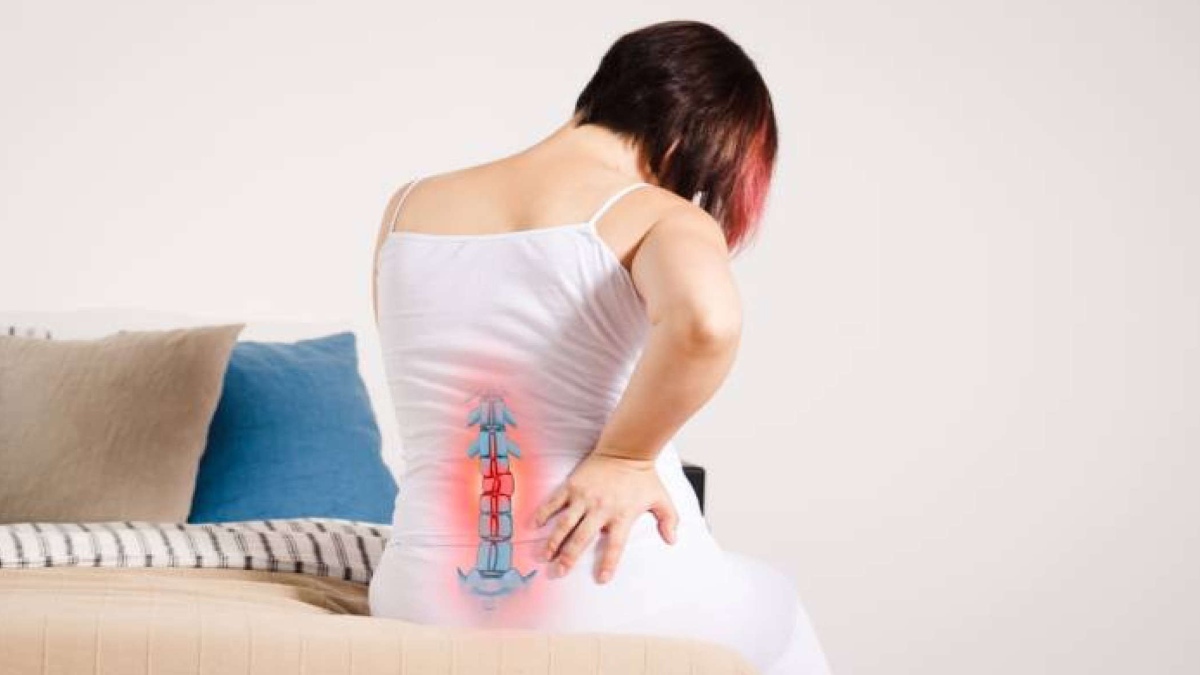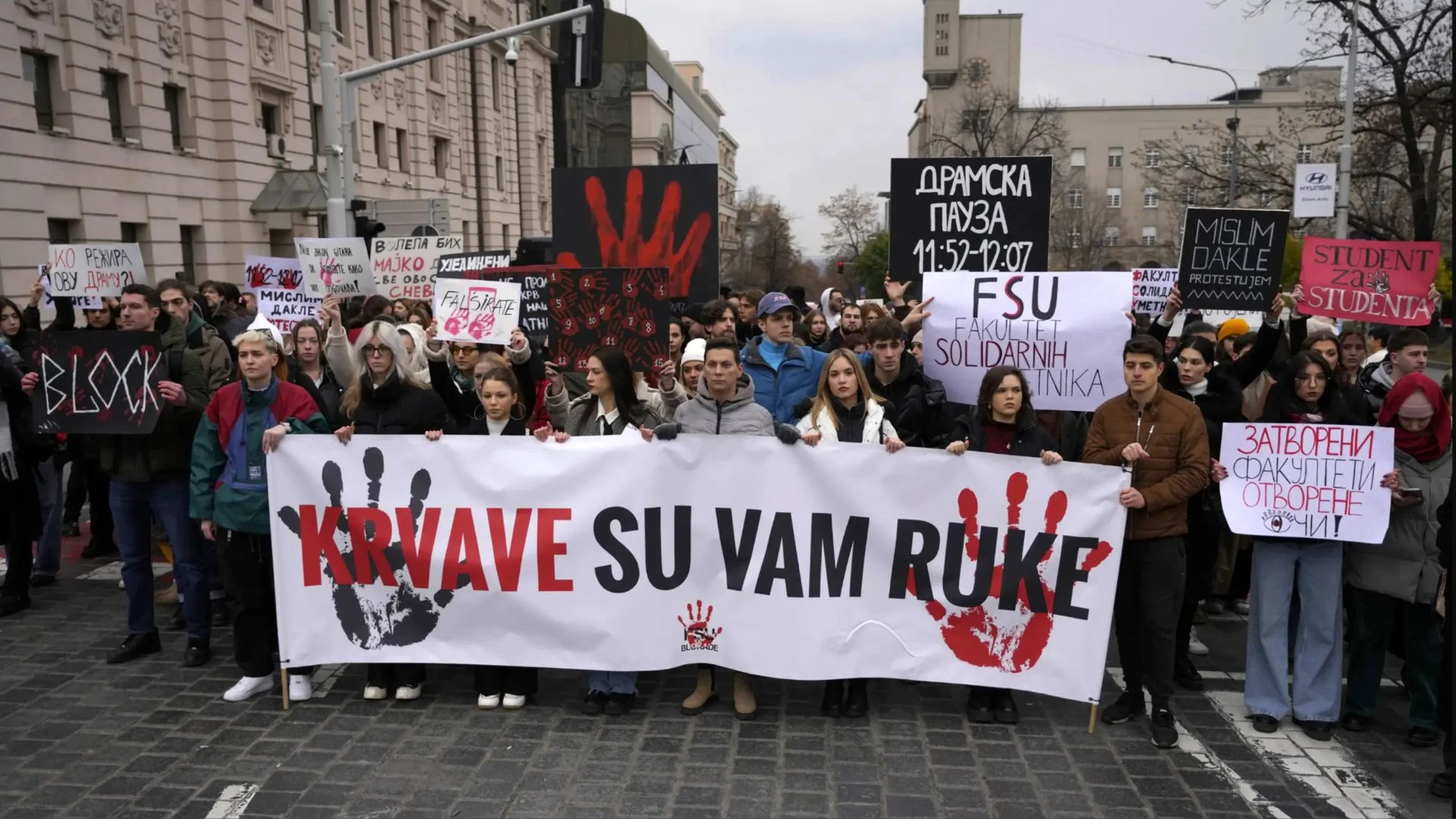A slipped disc is a common condition that can be quite painful, gruelling and can cause numbness or weakness in the limbs. It refers to the displacement of disc material beyond the normal boundary of the disk space. When a slipped disc bulges into the spinal canal, it exerts pressure on the spinal nerves and pinches them, causing pain. It is known by different terms such as bulging disc, herniated disc, protruding disc, and ruptured disc.
It usually affects men between the age group of 20-50 years. However, elders are more prone to develop slipped disc as in that age group, the disc becomes less flexible which could lead to tearing or rupturing with even a minor strain or twist. One can have a slipped disc in any part of the spine, from neck to lower back. The condition develops when the pressure on the spine becomes greater than what it can withstand and what it is subjected to (stress/ strain/ wear and tear).
SOME OF THE RISK FACTORS THAT CAN LEAD TO SLIPPED DISC ARE:
• Poor postural habits – Maintaining improper posture while sitting, standing, walking can predispose to a disc prolapse
• Lack of regular exercise – It can result in poor core muscle strength and can reduce the amount of stress the spine can withstand
• Ageing – Day to day wear and tear can accumulate with ageing and after a certain point may trigger a disc prolapse
• Improper lifting – Improper lifting technique, using back muscle instead of legs, and twisting while lifting might result in disc prolapse
• Weight – Excess weight gain increases pressure on the disc to support additional weight in the lower back
• Strenuous and repetitive activities that strain your back – The majority of jobs are physically demanding requiring continuous and repeated lifting, pulling, bending, or twisting strains your back leads to disc prolapse
• Cigarette smoking – Nicotine used in cigars restricts blood flow to the disc thereby aggravating the degeneration process and delaying healing leading to cracks in the disc
• Sports injury and trauma – can also result in disc prolapse.
SYMPTOMS TO BE
AWARE OF:
Symptoms can range from mild to severe. Common symptoms include:
• Lower Back Pain – It’s the most common initial symptom. It can be continuous or intermittent; mild to moderate or severe. It can be aggravated by activity or sometimes comes on after activity (during rest). It can be associated with muscle spasms and stiffness.
• Leg pain – This is the most specific and defining symptom of lumbar disc prolapse. It indicates nerve root involvement, due to which pain travels along with the distribution of the nerve into the leg; most commonly on one side but can be on both sides also.
Once the nerve involvement becomes more severe, the signs of nerve dysfunction can set in. In the initial stages, it can cause numbness or weakness in a part of the leg/foot. If it progresses, it can cause more severe nerve injury—known as “Cauda Equina Syndrome”.
TREATMENT
Treatments range from conservative to surgical depending on the level of discomfort you’re experiencing and how far the disc has slipped out of place.
Conservative treatment – The majority of disc prolapses respond to conservative treatment. This is recommended for moderate pain with no weakness or numbness. Most people can relieve slipped disc pain using an exercise program that stretches and strengthens the back and surrounding muscles along with physiotherapy. Nonsteroidal anti-inflammatory medications, Analgesic (painkiller), and muscle relaxants are also prescribed.
WHEN DO YOU NEED THE SURGERY?
Sometimes, the condition resolves on its own with rest, but if the symptoms and pain are severe, one may require surgical intervention. Less than 10% of patients diagnosed with disc prolapse will need surgery. Depending on the severity of the condition surgeries are recommended. Early surgery is recommended if there is weakness in the leg or foot drop and progressive numbness. Emergency surgery must be performed when there is bowel and bladder disturbance. Surgeries are also needed when there is severe debilitating pain preventing daily activity or walking, non-improvement or progression of symptoms despite conservative therapy, and recurrent episodes of pain after partial improvement.
WHAT ARE THE SURGICAL OPTIONS AVAILABLE?
Different techniques are available for the treatment of lumbar disc herniation.
• Conventional Microdiscectomy (Open surgery)
•Tube-assisted Minimally Invasive Microdiscectomy (Key-hole surgery)
•Full-Endoscopic Transforaminal discectomy
•Full-Endoscopic interlaminar discectomy
BENEFITS OF KEYHOLE OR ENDOSCOPIC SURGERY
The benefits of keyhole surgery are small surgical incisions, lesser tissue or muscle damage, minimal blood loss, minimum hospital stays, and fewer post-surgical complications including infections. This highly advanced form of surgery is effective for elderly as the associated problems are significantly lesser. It is also useful for obese/overweight patients as the healing time is lesser and they can start to walk the next day.
The writer is a Consultant – Neurosurgery, Head of Spine Services, Aster CMI Hospital, Bengaluru.























